There is no doubt that people love dolphins. They are cute, playful, and intelligent wild animals. These are the traits that make us want to get closer to them. And these are also the traits that cause us to put them in captivity so we could go swimming with dolphins. During the 1960’s there was a realization that money could be made out of their cuteness and intelligence. So the swim-with-captive-dolphins experience was born and captive dolphin shows became a huge money-making industry. People flocked to zoos and aquariums to see all the tricks that these animals could perform. Play ball, kiss the trainer, jump through a hoop…you name it. And through it all we told ourselves that the dolphins loved it.
We were wrong.
“A dolphin’s smile is the greatest deception. It creates the illusion that they’re always happy”
Rick O’Barry, ex-dolphin trainer and founder of the Dolphin Project
It wasn’t until 2009 when the documentary The Cove showed to the world how the dolphins that you see at these dolphin experience places are acquired from the wild. Entire pods may be targeted and rounded up. Many individuals are killed or injured and left to die. Young dolphins are kidnapped from their family groups and then transported to zoos where they live for the rest of their lives in captivity.
Then, in 2013 we had Blackfish. This revolutionary documentary focused on the life of a captive orca.
We could say that these two films together have started a new revolution in environmental activism. They are the backbone of an emerging and crucial dialogue.
Their message has been received: holding cetaceans in captivity is morally wrong.
Killing Me Softly and Swimming with Dolphins Encounters
Everybody loves dolphins so much that they want to get close to them. When we look them in the eye we feel an emotional “connection” with them. When we get in the water during a dolphin swim, all we want is to feel that connection. This normally translates to touching a dolphin. “I touched a dolphin! It was amazing!”
This relationship is selfish and one-sided. There’s no doubt the experience is amazing from the human’s perspective, but is it also wonderful for the dolphin? Of course not, because they didn’t do it by choice. Would a dolphin want to be here in a small enclosure getting touched by humans? When I try to get a sense of what a dolphin in a “dolphin interaction” must be feeling, I imagine myself on a walking safari somewhere in beautiful Southern Africa when suddenly a group of baboons surrounds me and begins poking me and hopping on my shoulders. It is the stuff of my nightmares. I then ask myself: why would a dolphin like that?
The Effect of Captivity in Dolphins
Captivity is not only detrimental to the psychological well being of a dolphin, their physical health is also affected.
Their sense of hearing is very acute. While humans can hear sounds from 20 Hz to 20 Khz, dolphins are able to hear from 20 to 150 Khz. This is up to 7 times more sensitive than the human ear. Imagine the impact of being surrounded by constant human noise like people clapping and kids screaming, sirens, and loud announcements.
Again, a dolphin’s “smile” is an illusion. Though they have the appearance of a permanent smile, this is merely the way their jaw is shaped. It is highly unlikely that this life of servitude would bring a smile to their face.
In the wild, a dolphin may swim up to 100 miles a day while socializing, hunting (they are predators!) and traveling. They can also dive several hundred feet deep. In contrast, the pools in which captive dolphins may be kept are only required to be 6 feet deep and 24 feet long according to the USDA Animal Welfare Act. The water in their shallow pool warms up very fast in hot weather and they are unable to dive down in search of cooler water. It’s like trying to live in Florida without air conditioning!
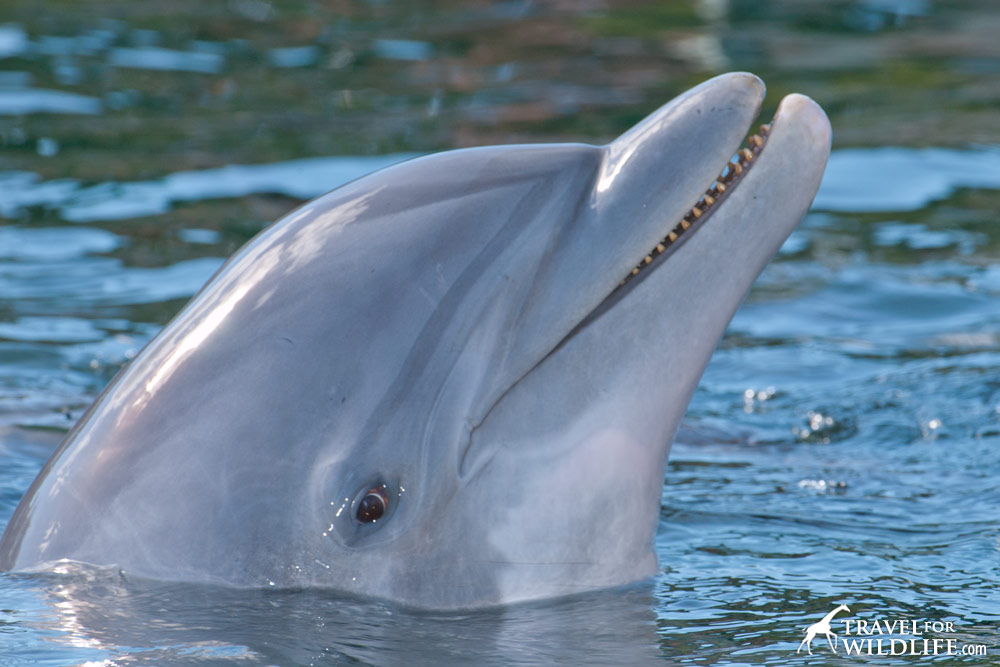
The water composition in their tanks is also not ideal for a dolphin to live in. Chlorine is added to kill bacteria, but it also harms their skin. Furthermore, their skin is constantly under attack from prolonged exposure to the sun, the presence of heavy metals (chromium for example is present in cheap pool paints), and algae growing in their tanks. Under some or all of these elements dolphins can develop skin cancer.
All of this just so we can “connect” with a dolphin. Who are we kidding? Are we really that selfish or unaware?
I get it. I used to be “dolphin selfish” too. When I finished high school I didn’t know what to do with my life. I only knew I wanted to work with animals but I wasn’t sure of the path. Veterinary science? Biology? Conservation? I was 18 and I really didn’t have a clue. Until I saw a a job listed at the Barcelona Zoo: dolphin trainer. I immediately applied. I loved animals and wanted to be with them! I thought if you love dolphins…you become a dolphin trainer! I never thought about what the dolphins wanted, I was only thinking about myself.
Good thing I never got the job. I still feel slightly guilty and embarrassed that I applied for it.
But every body is allowed to change their opinion and to change sides.
Dolphins Are Non-Human Persons
Everyone agrees that dolphins are some of the smartest and most self-aware creatures on the planet. Much like humans, they possess a range of qualities that we use to define ourselves as a person.
- self-awareness
- intentionality
- emotional intelligence
- creativity
- symbolic communication
- vulnerability to a range of both physical and emotional pain
In 2013, India became the fourth country in the world (after Costa Rica, Hungary and Chile) to ban dolphin shows. The Minister of Environment and Forests declared dolphins and whales non-human persons, and banned the use of dolphins for public entertainment, forbidding them to be held in captivity anywhere in the country. Here is an extract.
“Dolphins should be seen as ‘non-human persons’ and as such should have their own specific rights and it is morally unacceptable to keep them captive for entertainment purpose.”
Official Statement by Jayanthi Natarajan, Minister of Environment and Forests
In the United States, the non-profit IEET (Institute for Ethics and Emerging Technologies) also believes that a number of non-human animals, including the great apes, cetaceans (dolphins and whales), elephants, and parrots, exhibit characteristics that are consistent with that of a person. Their goal is to “defend the rights of non-human persons to live in liberty, free from slavery, torture, experimentation, the threat of unnatural death and the right for them to live freely in their natural habitats, and when that’s not possible, to be given the best quality of life and welfare possible in captivity (such as sanctuaries).”
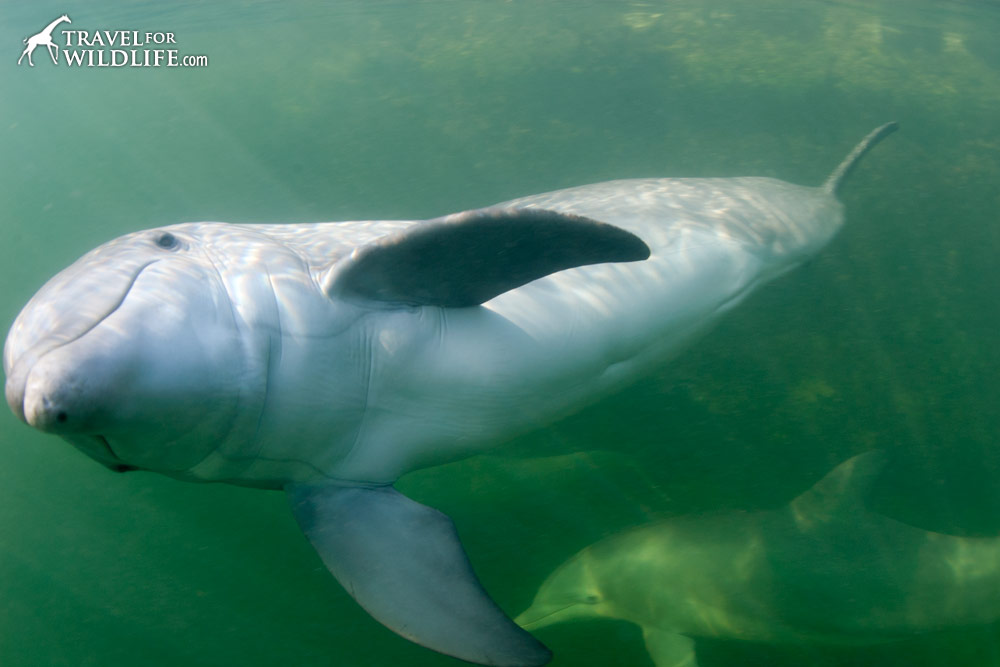
The book In Defense of Dolphins: The New Moral Frontier is a must read for anyone in search of more answers on this subject.
Hiding Behind the Law
Definition of Dolphinarium: An aquarium for dolphins.
It is basically a concrete box full of water. There is no escape. There are no plants. There are no rocks. There are no other animals. Just treated water and maybe another dolphin. Sometimes it’s a chain link cage along the shore, sometimes it’s a tank far from the ocean.
Imagine yourself living in a box. How about your bedroom. With no bed, no tv, no table or closet. No plants. Birds don’t visit to sing good morning to you. You only have your empty box and a window pointing at the sky. Every once in a while a large group of crazy animals comes to peek at what you are doing. In order for you to get a treat (yay cookies!) you must step into a large potato sack and jump around for 15 minutes non-stop. The treat time you once loved is now the worst part of your day.
This is what it’s like to be a dolphin in a dolphinarium. The word dolphinarium was created in the 1960s because it sounds much nicer than “a tank big enough to hold a dolphin”.
If you go on a “behind the scenes” tour of a dolphinarium you’ll probably hear how they follow the rules and do everything by the law. They’ll even tell you how great they are because they give more space to the dolphins that the laws dictates. They should get an award, right? Do you smell bull? I do.
Sure, some dolphinariums must be better than others but that doesn’t make any of them OK. It is delusional to think that just because a dolphinarium follows the law for standard requirements (size, water composition, …) that these requirements are adequate or even morally justifiable.
In the US, under the USDA Animal Welfare Act, a dolphin tank is only required to be 6 feet deep and 24 feet long. Do we really think these dimensions will create a happy home for a large mammal that roams the open ocean? How can this be legal?
Gladiator fights were perfectly legal in Roman times. But one day we finally realized that it was barbaric to go into a coliseum and pay to watch two humans kill each other. So eventually it became illegal. Not long ago it was legal to own other human beings and force them to do our bidding. A behind the scenes tour at a southern plantation in the US would probably boast about how well their slaves were treated. People would nod their heads and smile about how they were meeting and exceeding legal standards!
How long will it take us to realize that holding other animals in captivity for our own entertainment is not acceptable and should no longer be legal?
It all comes down to freedom of choice. Dolphins aren’t free to make a decision, we make it for them. Dolphins are trained using what is called “operant conditioning” (follow our command and we’ll give you a fish). This means that for many individuals, if they don’t perform the tricks, they are not fed. Often, the animals are allowed to get hungry before a show to ensure cooperation. Of course at the end of the day all animals get their required portions, but the use of food as a tool transforms them into beggars and animal zombies. Just imagine that to get your morning coffee fix you had to stand up in front of everybody at the coffee shop and sing Michael Jackson’s Thriller (dance moves included) for a group of strangers. Every day. Pretty f’ed up.
Wild Caught vs Captive Bred Dolphins
Here is another pet peeve of mine: “These dolphins have been captive bred so it’s ok. We didn’t take them from the wild.”
Ever since The Cove, dolphinarium supporters will tell you that as long as the dolphins are not wild caught, it is OK to hold them in captivity.
Sure, captive born means that no dolphins were slaughtered in the open ocean so that their babies could be taken. But does that mean that everything is okeedokee?
15 years ago I was visiting the Barcelona Zoo and one of the keepers told me the baby dolphin was already on display and I should go and see it. Who doesn’t want to see a baby dolphin? So I went and waited patiently behind the huge glass to see the tiny creature. Then a dolphin appeared in the dark water followed by the tiniest dolphin I’d ever seen. He was absolutely adorable. All the other visitors were taking photos and smiling at the baby dolphin. But my smile faded quickly. I felt so sad for the little dolphin. He would never see or smell the ocean, he would never have a real social interaction with other dolphins or hunt for his food. He would never get to play with a starfish or a piece of seaweed. He would never feel what it was like to swim as fast as he could, because there wasn’t enough space in his tiny pool. If that’s not a sad life, I don’t know what it is. There is even the chance that he was conceived without his mother’s approval, artificially by veterinarians. Just so the zoo could have a baby dolphin to increase ticket sales. That’s how zoos make their money, by showing baby animals. Don’t be fooled.
This is all morally wrong. It doesn’t matter where you were born. Captivity is still captivity. If you were born in a jail, do you think you would be perfectly happy to grow up there and spend the rest of your life in it?
Watching Wild Dolphins in Their Habitat
Wild dolphin tours are a great way to observe and learn about dolphins without supporting captive dolphin attractions. When booking a tour always be sure they follow the “no chasing” rule and that they won’t feed them or lure them closer to the boat. In the US this is illegal.
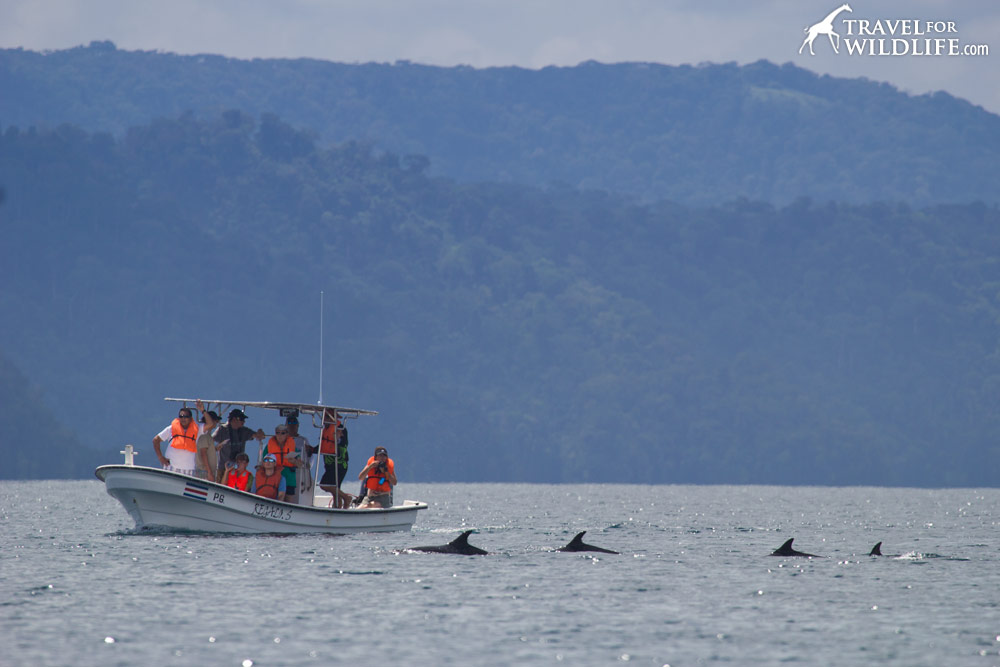
In North Carolina try Nags Head Dolphin Watch in the Outer Banks. We went on a tour with them and they are fantastic. They give plenty of space for the dolphins to behave naturally and never chase them.
If you are heading for the Florida Keys you’ll come across some swim-with-captive-dolphins places. But there are better ways to see a dolphin in Florida. You can still watch and learn about dolphin behavior if you join an ethical dolphin tour. Make sure the operator you choose belongs to the Florida Keys Wild Dolphin Alliance, their mission is the preservation of wild dolphins and their habitat. Dolphin Watch is a great choice and has been offering ethical dolphin tours for the past ten years. Further up the Florida coast, lies Cedar Key, one of our favorite places in Florida to kayak with dolphins.
In British Columbia we’ve also found trustworthy companies that provide ethical marine mammal watching. Nimmo Bay, a wilderness resort in the Great Bear Rainforest puts the welfare of the dolphins (and other cetaceans) first during their marine mammal watching trips. Maple Leaf Adventures offers multi-day sailing cruises on Alaska’s Inside Passage and Haida Gwaii in BC.
Swimming With Dolphins in the Wild
If you really want to swim with dolphins, a more ethical way would be to swim with dolphins in the wild. Though some say that the only ethical option is to just to leave them alone and not swim with them at all, I disagree.
I believe that we can share the same space with respect. Don’t they swim alongside other animals like sea turtles, fish and seals? We humans are animals too. But unfortunately we tend to be the disrespectful kind. You don’t see seals poking dolphins or harassing them.
I believe we can swim with wild dolphins and have a positive experience that doesn’t negatively affect the dolphins, their behavior, their habitat, or other marine creatures. For this, we need to learn how to behave properly around dolphins. Just because they are approaching you doesn’t mean they want to be petted. Don’t reach out to touch them. They are just taking a closer look at you. The goal is to never change their natural behavior. And of course you must never feed a wild dolphin. This is illegal under the Marine Mammal Protection Act and for good reason: it alters their behavior by making them habituated to humans and in some cases dependent upon them.
This is an example I always use to demonstrate how swimming with wild dolphins can be done ethically. The town of Ponta D’Ouro in Southern Mozambique is a small, laid back community that takes pride in their natural marine resources. In 2009 the Ponta Do Ouro Partial Marine Reserve was declared to protect miles of beaches where loggerhead and leatherback turtles nest. The reserve also stretches three nautical miles into the Indian Ocean, protecting the dolphins habitat.
To ensure minimal disturbance, only two tour operators (Dolphincenter and The Dolphin Centre) are allowed to take tourists on dolphin swims and they must follow strict codes for operating their boats and interacting with dolphins. This wild dolphin swim code is based on respect. No feeding, no chasing, no splashing around, no swimming with newborn dolphins or nursery pods, no flash photography, no loud noises. The knowledgeable tour guide will advise if it’s OK to enter the water. They won’t let you in the water if they believe the pod is showing signs of stress. The amount of time you are in the company of dolphins is very limited as they are fast and agile. They swim by, they look at you, and they leave. But you’ll return home knowing that you’ve seen real dolphin behavior and that they weren’t bothered by your presence. Just like when we had our grizzly encounter in Canada. If you treat animals with respect, they’ll do the same.
Of course, the main argument against allowing wild dolphin swims is that not everybody follows the rules. Three years ago we decided to celebrate our first anniversary by swimming with wild dolphins in Florida. But we were soon horrified by the behavior of our guide and their disrespect of the laws of the Marine Mammal Protection Act. The tour guide not only chased a mother with her calf but he tried to lure them closer by wiggling a rolled up piece of paper in the water as if he was offering a fish. He also told us that we could take live animals from the sea to take home as souvenirs (sand dollars, sea stars…). I was disgusted that we gave money to this guy. Months later we learned that this company was involved in a lawsuit for their infractions. They were given a hefty fine and if they are caught again they’ll lose their license. Sadly, this seems to be common in the Florida panhandle.
Going to Mozambique is simply not possible for everyone. I am not saying you should leave everything and fly to the other side of the world just so you can swim with wild dolphins. But you can use the dolphin swim code they use to try and identify good tour operators where you live. Of course a lot of operators will mention on their site how they follow certain rules. If they are too vague or if you don’t buy it, ask questions to make sure they are really ethical and don’t end up harassing the dolphins or other marine life.
It is not easy to find a tour operator that follows the rules of Ethical Marine Mammal Tourism and its Code of Conduct. But it is our responsibility to find one that does. And never go swimming with dolphins by yourself. Use only a certified guide that is knowledgeable about dolphin behavior. Dolphins are powerful predators and can cause serious bodily harm if mistreated. And remember that in many places it is illegal to swim with dolphins in the wild. Do your research first.
How to Help Dolphins?
Twenty years ago we didn’t have all the information that is available today about the life of a captive dolphin. We do now. If you believe the captive dolphin industry should end, then act upon it. Don’t pay entry to any park that holds captive cetaceans. It doesn’t matter if you want to visit the park to see something else. Do not support these businesses.
Also you can inform other people that might not have all the facts about how dolphinariums work. Inform your friends. Tell them you not only love dolphins but you stand up for them.
READ THIS NEXT:
Do Whale Sharks have Teeth?
Are Sharks Mammals or Fish?
Swimming with Stingrays: Yay or Nay?
We Stand Up For Dolphins. Do You?


Cristina Garcia
Zoologist and wildlife photographer. She has worked in the field with jackals, wolves, cheetahs, & leopards. She serves on the Board of Directors of SEE Turtles, a non-profit sea turtle conservation organization.
Read her posts at Travel For Wildlife and see more of her work at Truly Wild, & Our Wild Yard.

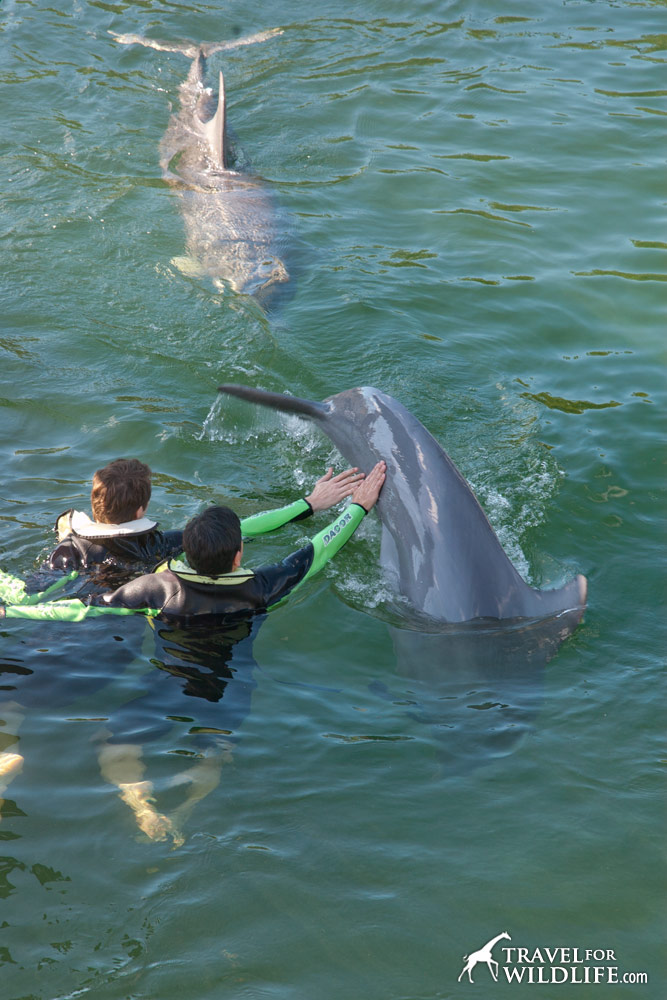
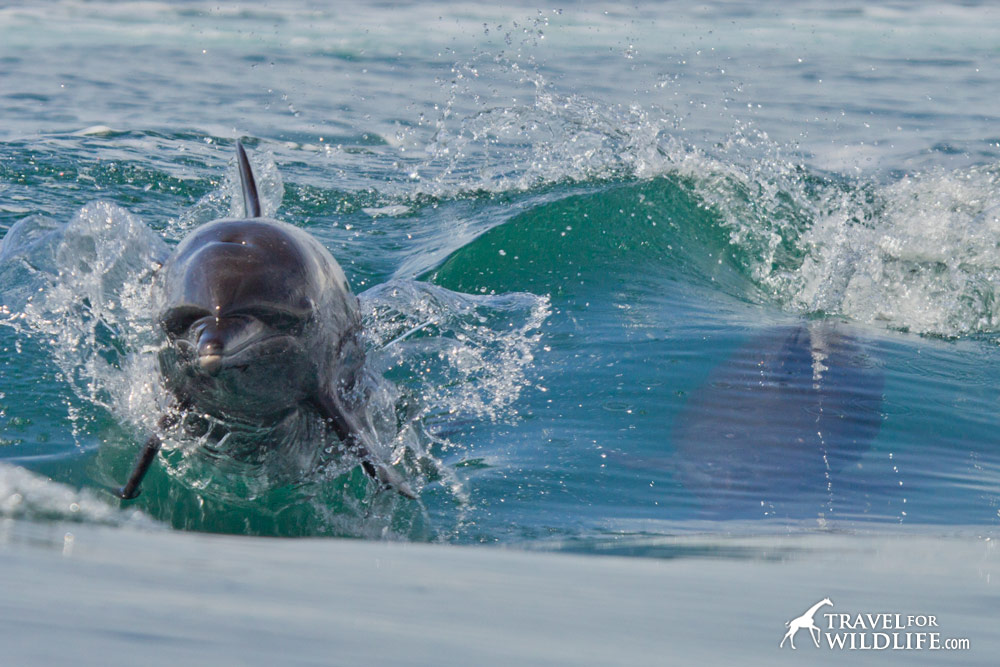
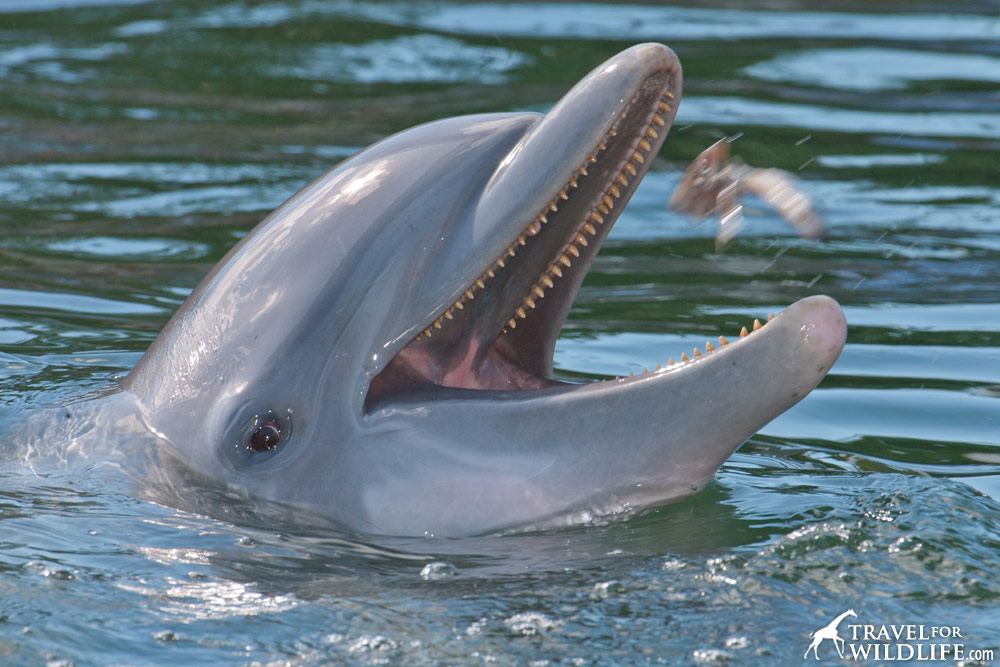
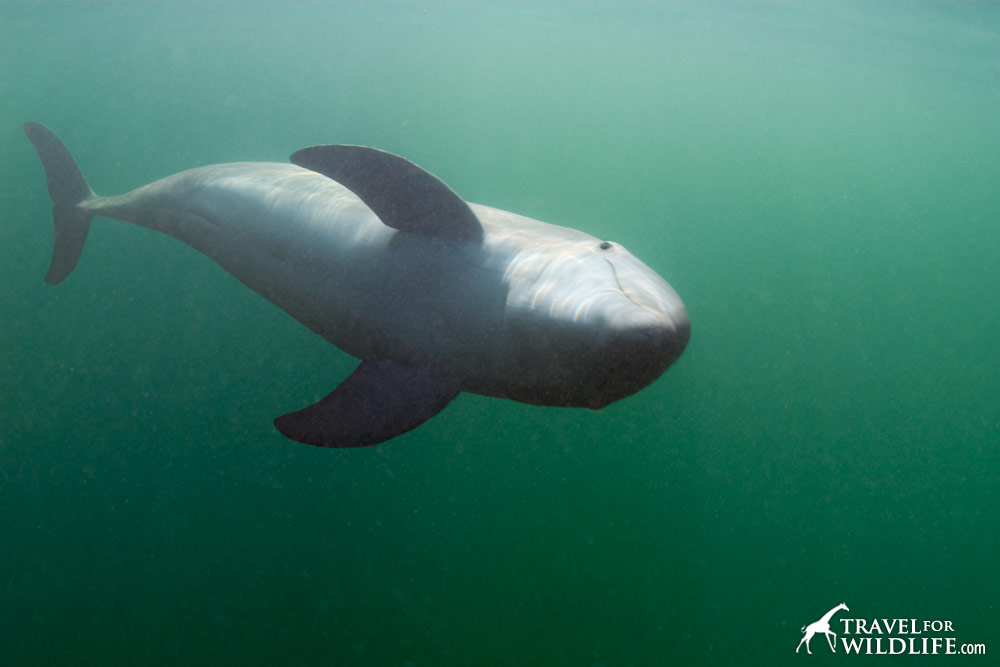
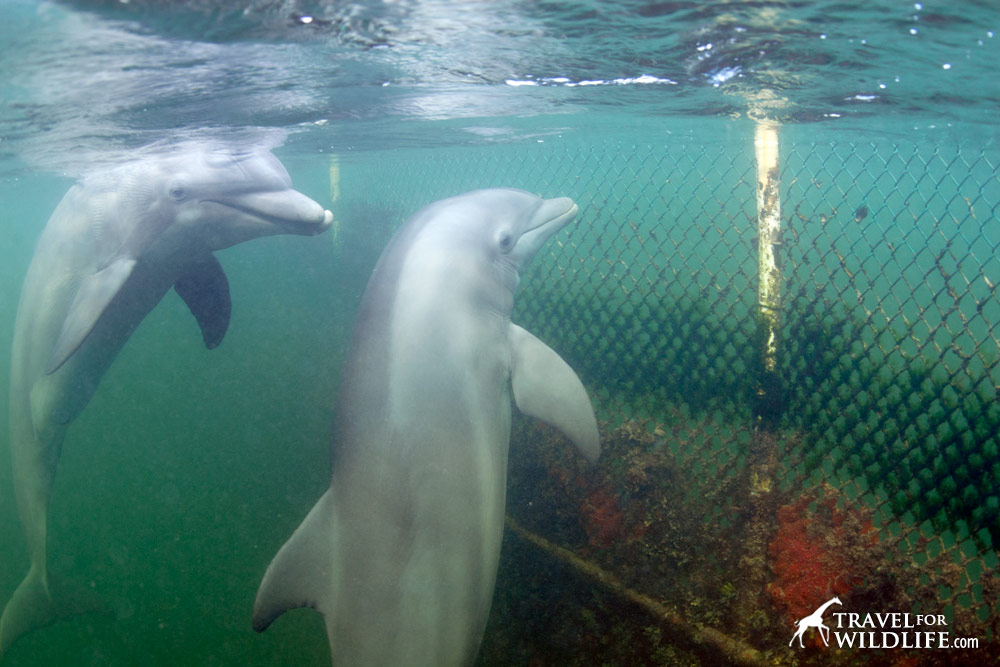
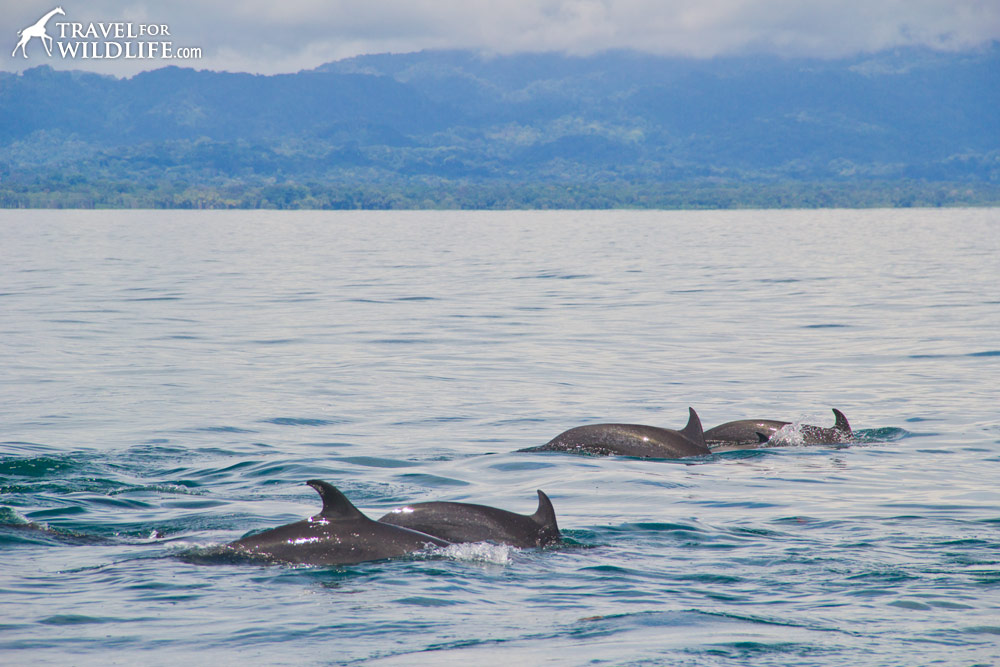

Jess
Wednesday 1st of November 2023
Hi Cristina,
I'm currently doing a post-grad degree in marine mammalogy (primarily cetaceans). I know I'm a lot late to the party (though I did see this was updated March 2023 so I hope you're still checking comments!), but I was wondering what your qualifications are- your bio at the bottom says 'zoologist,' but what does that mean exactly? What degree/certificates/experience do you hold? Also, do you have a reading list or a resource list on this subject that you would be able to provide?
Thanks in advance!!
Jess
cristina garcia
Wednesday 1st of November 2023
Hi Jess! I have a BSc(Hons) Zoology by Liverpool John Moores University and have done some fieldwork in wild dolphin behavior in the Canary Islands. You can read more about our qualifications on the About Us page. I don't have a resource list but I have linked to relevant studies in the article that you can take a look at. I hope they are useful!
Evan Y
Friday 3rd of December 2021
Thank you for writing about this. It is one thing to rescue injured dolphins and allow people to view them while they are healing, but it is completely different to steal whole healthy pods of them from the ocean for our enjoyment. Most people don't think about the dolphin in these scenarios, but I hope more people see your blog and open their minds.
Daniel
Thursday 25th of June 2020
What a brilliant read Cristina! I had no idea just how damaging captivity was to a dolphin's physical condition. I knew it was bad, but just not that bad. There's absolutely no reason for these brilliant animals to be held in captivity - hopefully since you wrote this article more than a mere 4 countries have committed to banning dolphin snows.
I remember during one scuba diving trip in Borneo a pod of around 100 dolphins followed our boat for 5-10 minutes during sunrise. It was mesmerizing - there really is no substitute for witnessing these beautiful animals in the wild.
cristina garcia
Thursday 2nd of July 2020
What a wonderful experience! Seeing them in the wild is 100% better for them and our experience is also much more incredible.
Krunal Patel
Friday 27th of September 2019
What a wonderful article, Not only Dolphins but none of the animals should be kept in captivity. And the sad part is only handsful of people understand this.
SMarysol
Tuesday 10th of February 2015
Thank you for such a wonderful article. I was completely engrossed from beginning to end. Incredible!!!
Cristina Garcia
Wednesday 11th of February 2015
Thank you so much!